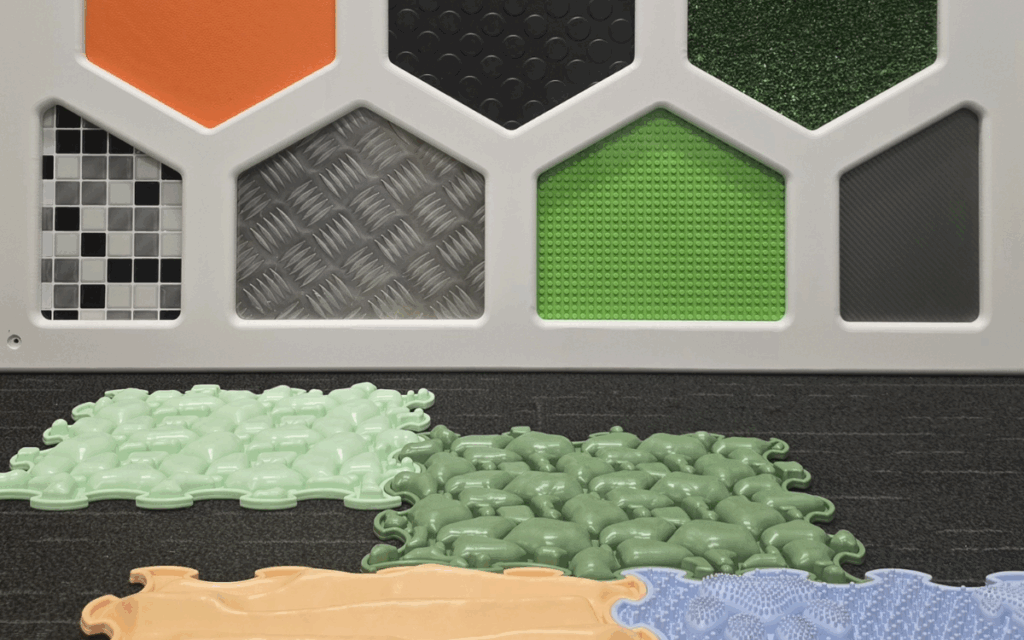Sensotec: Sensory Support for Every Learner: Creating Inclusive Classrooms with the Right Tools
Some students need a quiet corner to regulate their emotions. Others need to bounce, fidget, or spin to focus.
When we say sensory needs, you may think of autism or specific sensory processing disorders, but the truth is, every student learns and processes the world differently. And when we make space for those differences, every student can thrive.

Why sensory tools work
The right sensory input helps students regulate their nervous systems. This means grounding and calming those who feel overwhelmed, and stimulating the body and brain of those who are under-responsive.
Whether the sensory input is movement, pressure, texture or even just visual stimulation, the right tools help:
• Reduce anxiety and overwhelm
• Improve concentration and focus
• Encourage emotional regulation
• Support positive interactions with peers
• Improve inclusion and participation
In short, sensory support doesn’t just help students cope—it helps them engage. Creating a sensory-friendly classroom means giving students the tools to manage their energy, emotions, and attention. It creates equal opportunity for students to learn, and on their terms.

How to make classrooms more sensory-friendly
You don’t need a purpose-built room to get started. A few well-chosen resources and zones can make all the difference…
Create movement-friendly spaces
For students who learn best when their bodies are on the move, incorporate active seating like a Balance Stool, or create a movement zone with soft play equipment. This improves focus and helps channel excess energy into supportive movement.
Add calming options for a quiet retreat
Modern classrooms are busy places, with lots of light, noise and movement. Creating a safe, quiet space is a great way to help students who need to retreat, regulate and reset. Think soft lighting, such as mood shapes, weighted blankets, quiet nooks, and deep pressure input equipment.
Introduce multisensory input
Add multisensory items to support different learning styles and sensory needs. Equipment such as tactile and interactive wall panels, fibre optics, and bubble tubes encourage students to interact and engage with multiple types of sensory feedback.

Choose flexible equipment
Include portable sensory equipment that can adapt to changing classroom needs. Flexible items like beanbags, sensory mats or a sensory trolley can be moved between zones or used individually at desks, supporting students when and where they need it the most.
Above all, sensory-friendly classrooms start with choosing the right resources and knowing how to use those resources effectively.
At Sensotec, we help schools across Australia create learning environments that meet the needs of every student. From portable sensory equipment to full sensory room fit outs, we work with your goals, space, and budget to create tailored solutions.
Let’s build a learning environment where every student belongs—and has what they need to thrive. Find out more at www.sensotec.com.au.
1300 622 180


